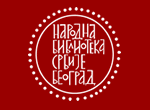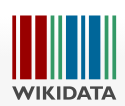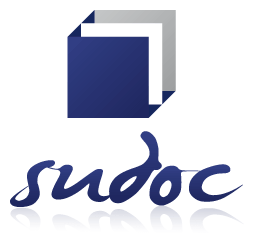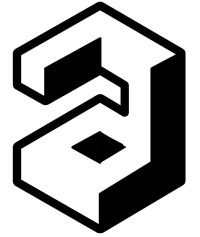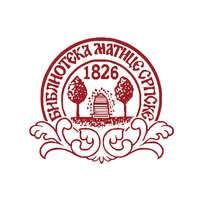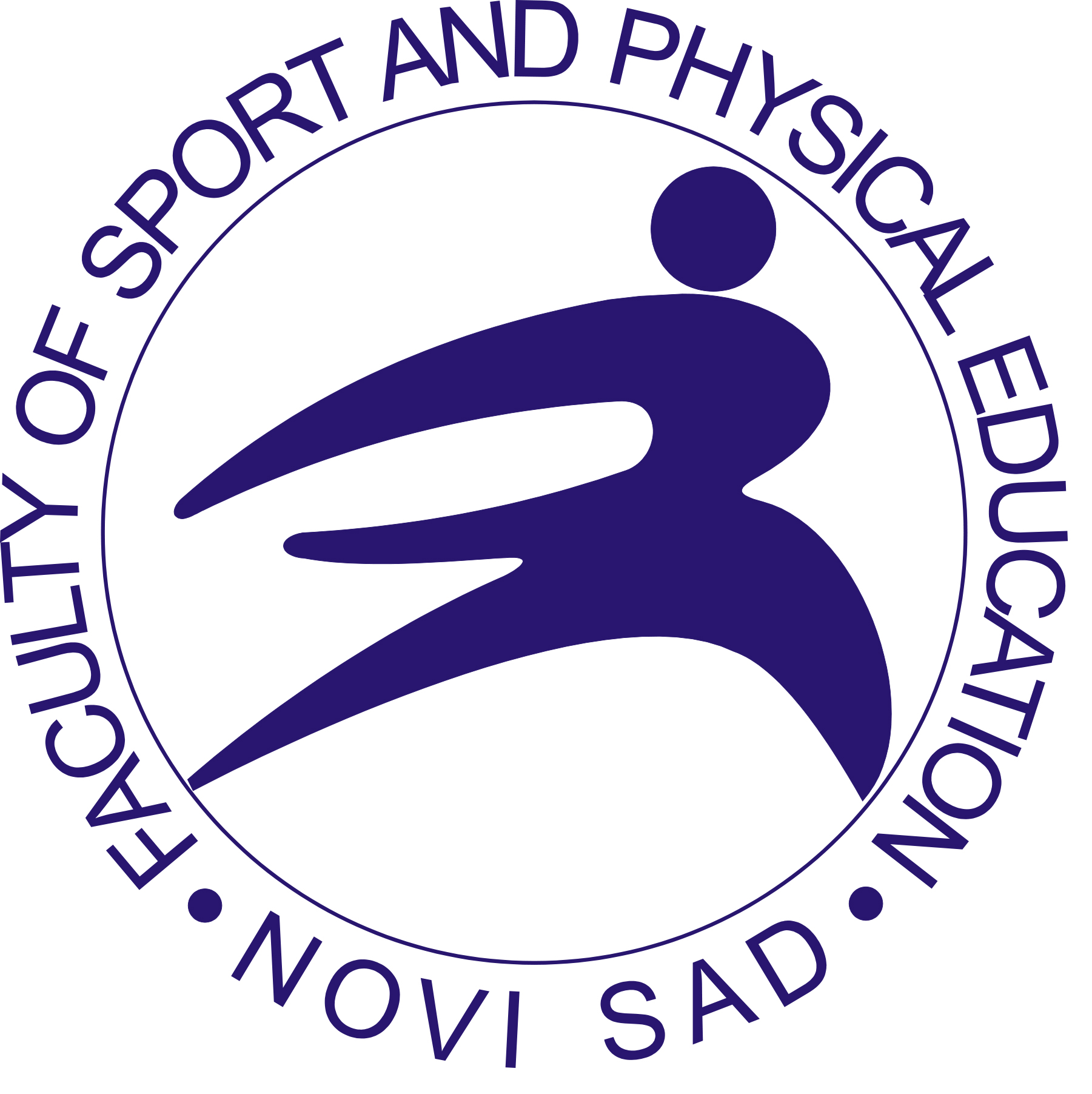
More articles from Volume 3, Issue 1, 2011
NUMBER OF STEPS PER DAY AND PHYSICAL ACTIVITY LEVELS OF ADULTS IN GREECE
AN AUTOMATED IDENTIFICATION OF INDIVIDUALS AT HEALTH RISK BASED ON DEMOGRAPHIC CHARACTERISTICS AND SELF-REPORTED PERCEPTIONS
CANDIDATE GENES IN THE FIELD OF EXERCISE GENOMICS
THE EFFECT OF STRENGTH TRAINING ON TENNIS SERVICE PERFORMANCE OF JUNIOR TENNIS PLAYERS
RELATIONS BETWEEN ANTHROPOMETRIC CHARACTERISTICS AND LATENT DIMENSIONS OF STRENGTH IN PERSONS OF ABOVE-AVERAGE MOTOR ABILITIES
STUDY BETWEEN NEUROPHYSIOLOGICAL ASPECTS AND REGULATION DOCUMENTS IN PRIMARY SCHOOL IN ITALY
Faculty of Education Science, University of Salerno , Fisciano , Italy
Abstract
In recent years Italian primary school, as called in the past time elementary school, that goes between 5 years old to 10, has been updated in the ministerial documents relating to the educational activities. At the same time, recent discoveries about the brain have changed the scientific bases on which are based educational psycho-pedagogy theories concerning movement learning on motor control system such as closed loop, open loop and motor imagery. The purpose of this work is to identify into the ministerial documents regarding the educational activities such as aspects of psycho-pedagogy in the field of body and movement research that relates to neurological and scientific discoveries on motor control and movement learning. The method of research is mixed: theoretical-argumentative approach about scientific paradigms regarding the motor learning in the early years of life and historical-documentary one about the ministerial documents relating to the teaching activities. The results did not carry out particular aspects of education and didactics that can be connected to the new neuro-scientific theories and suggest to update them. All ministerial documents published do not provide any reference to recent discoveries related to the theory of movement and to correlate these according to didactics of motor activities. It may be useful to deepen further the study and deliver the results to the governmental Experts for the necessary updates to fill up the vacuum.
Keywords
References
Citation
Copyright

This work is licensed under a Creative Commons Attribution-NonCommercial-ShareAlike 4.0 International License.
Article metrics
The statements, opinions and data contained in the journal are solely those of the individual authors and contributors and not of the publisher and the editor(s). We stay neutral with regard to jurisdictional claims in published maps and institutional affiliations.













